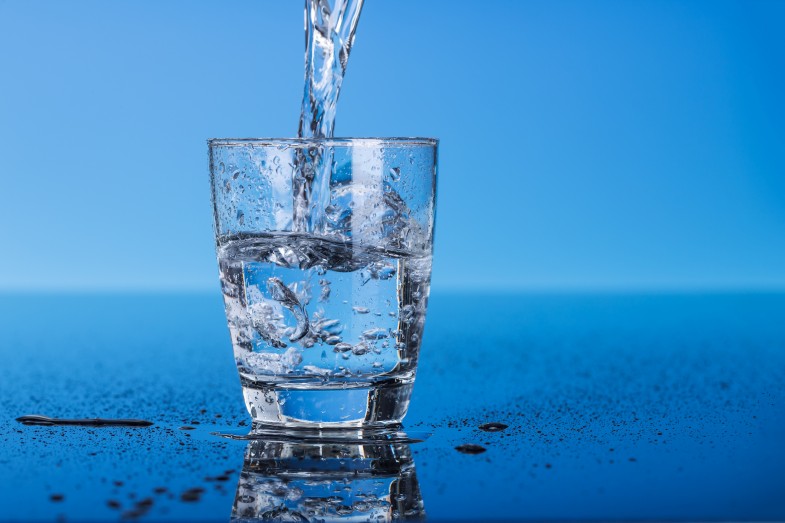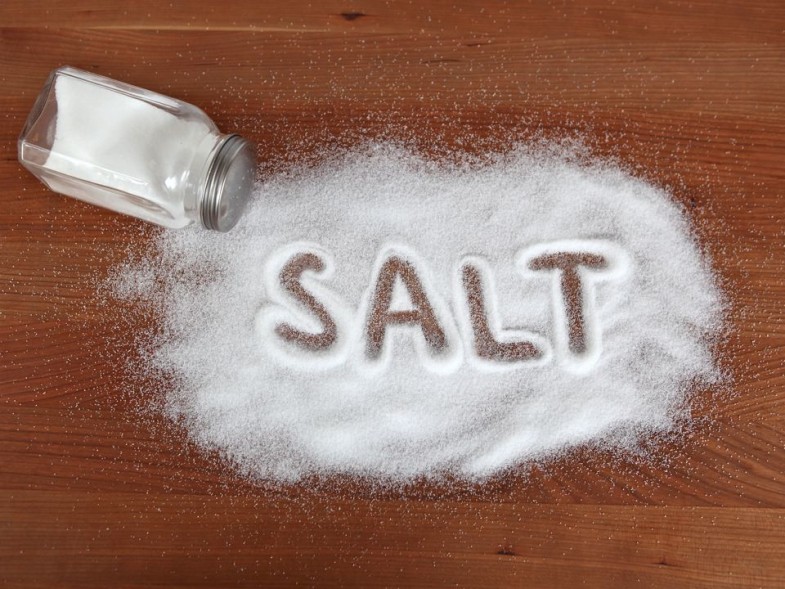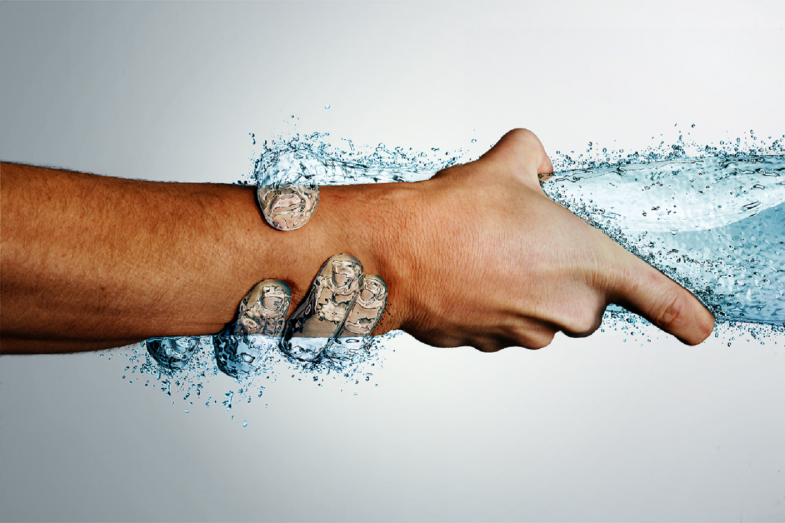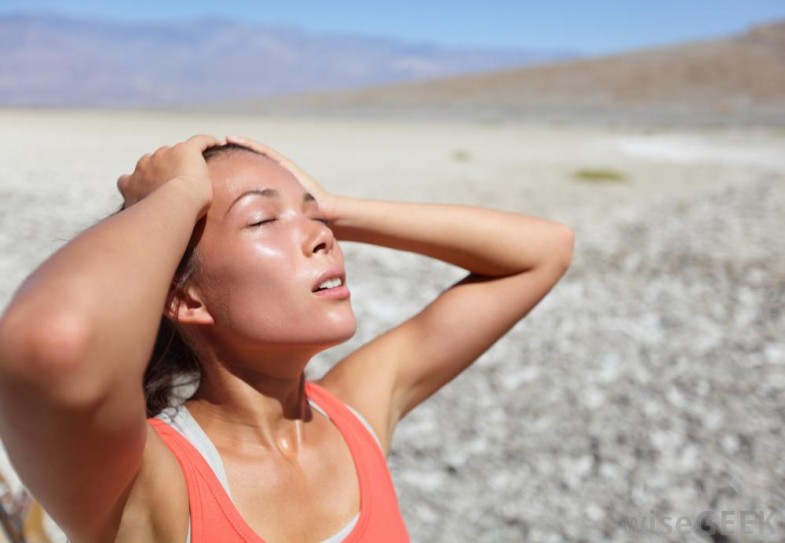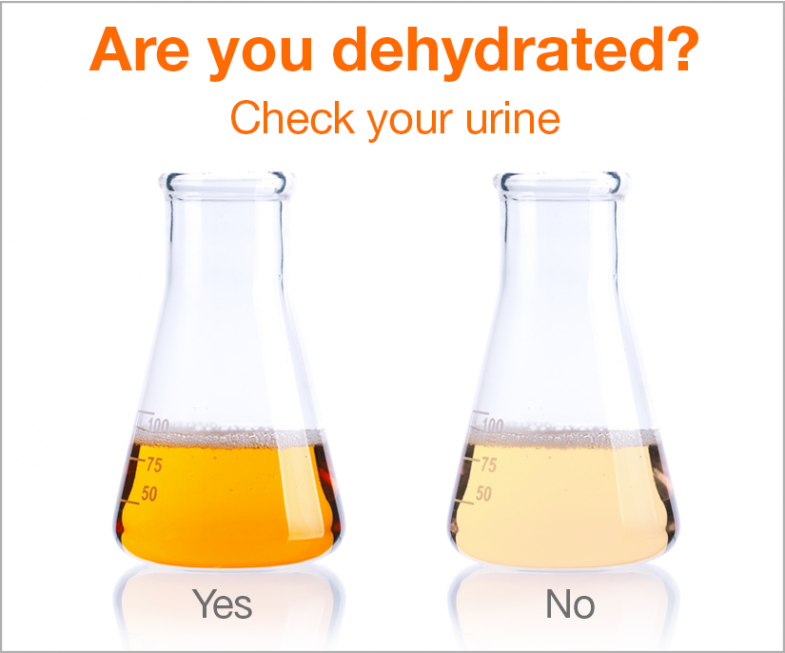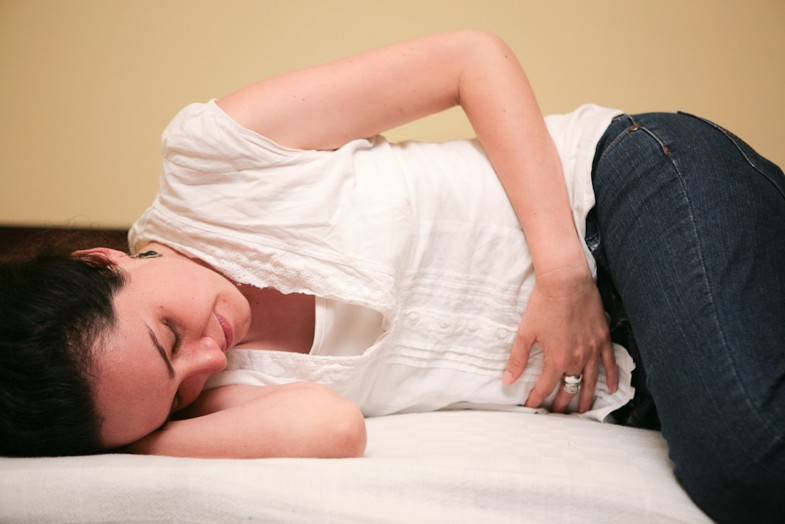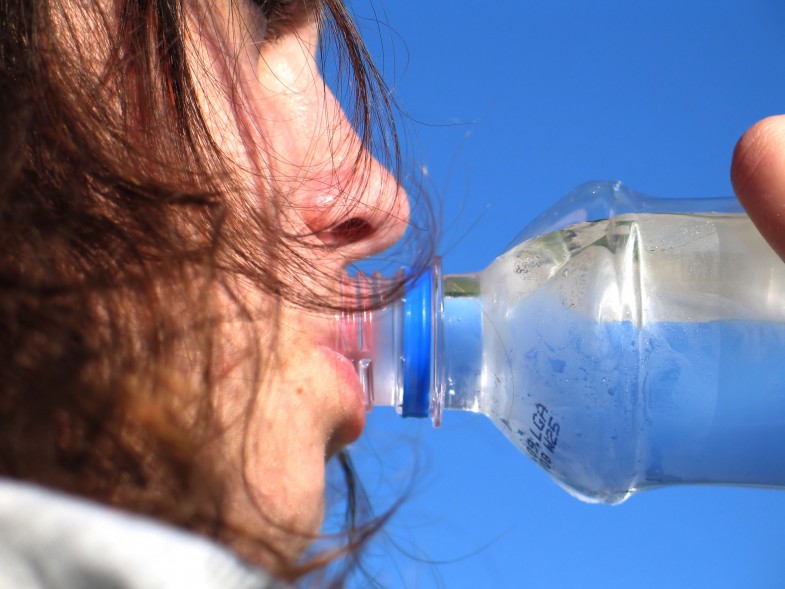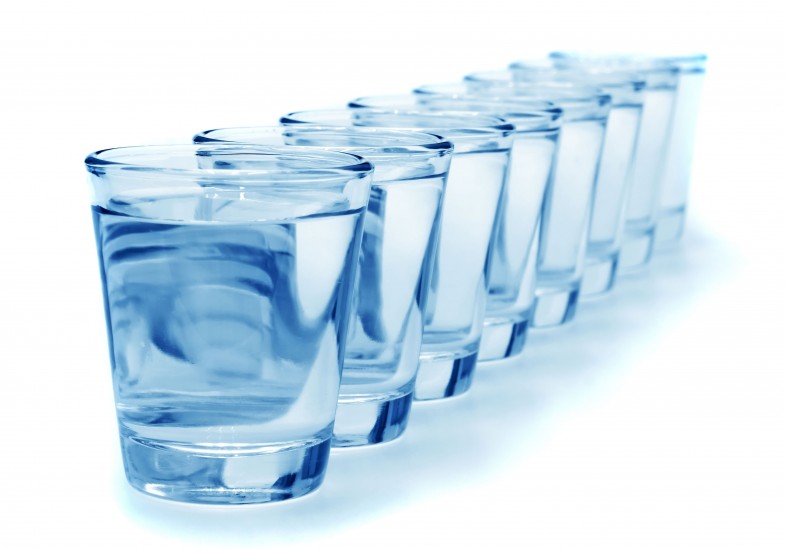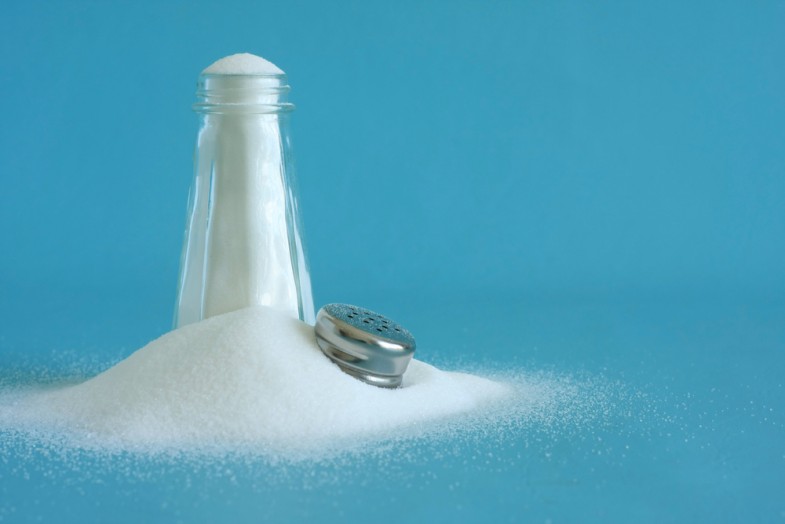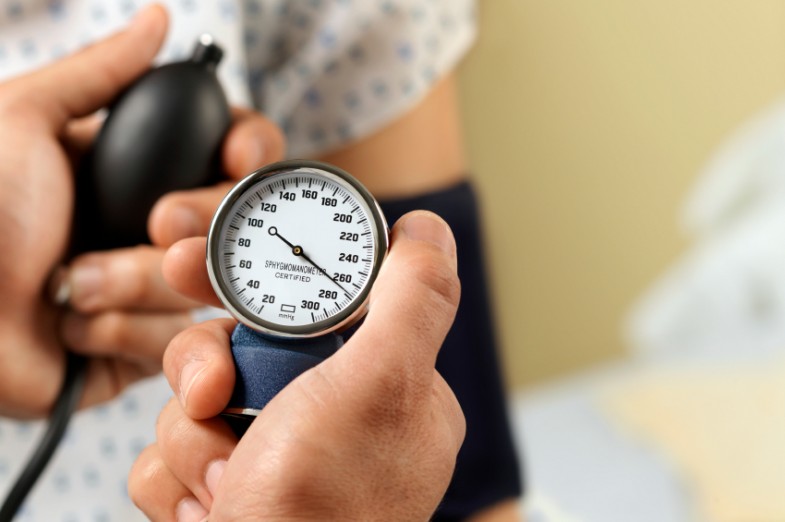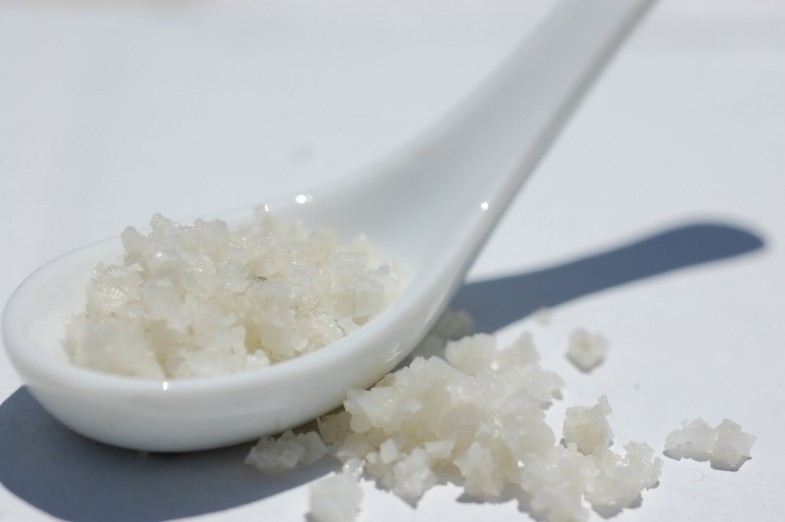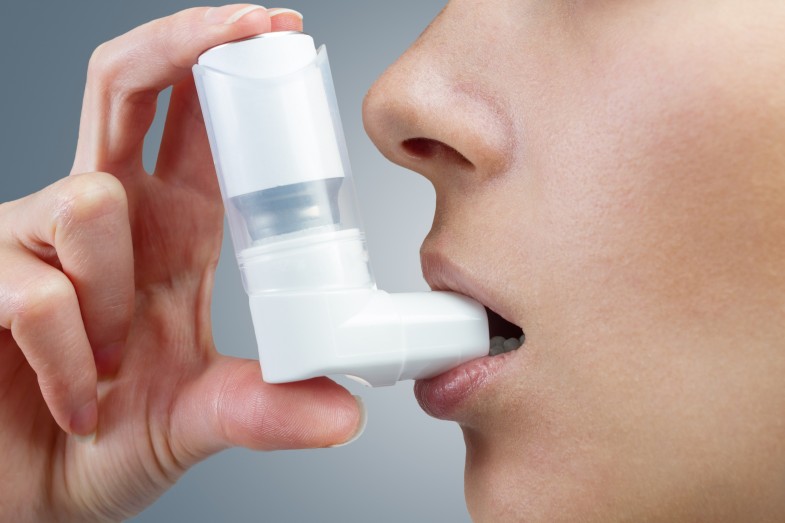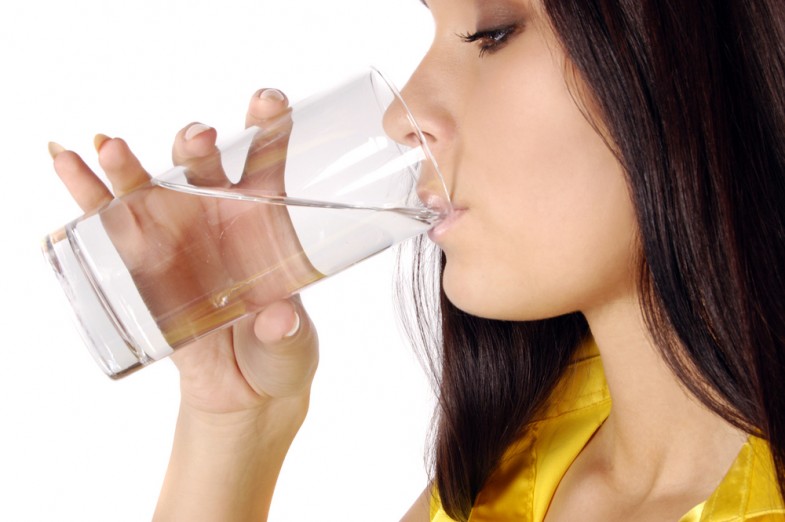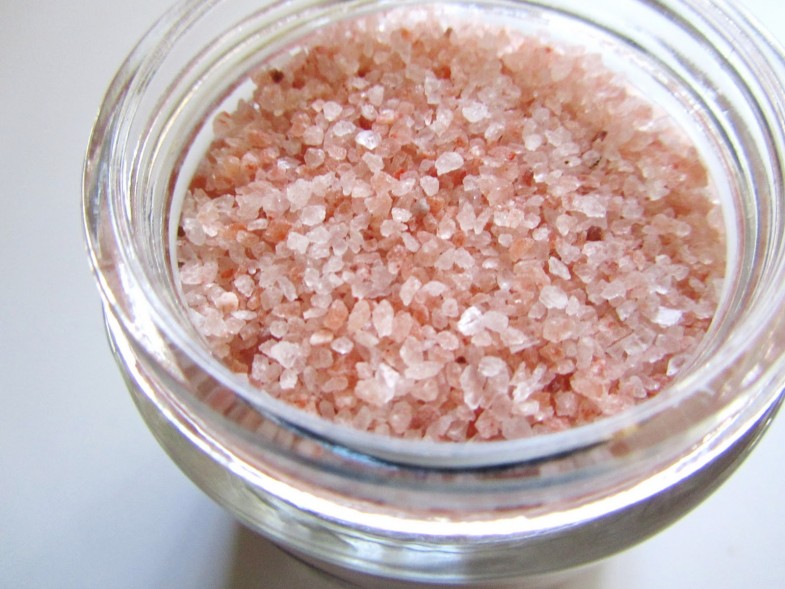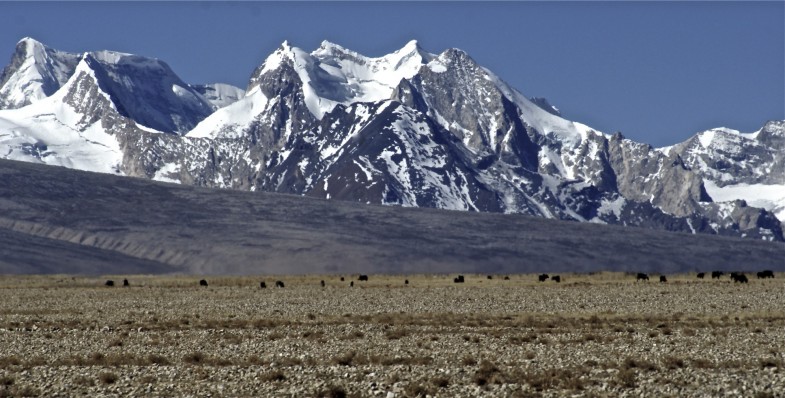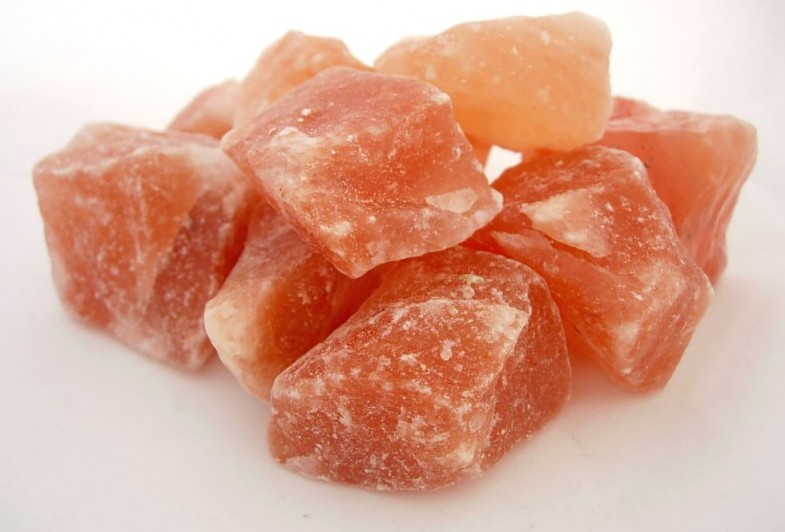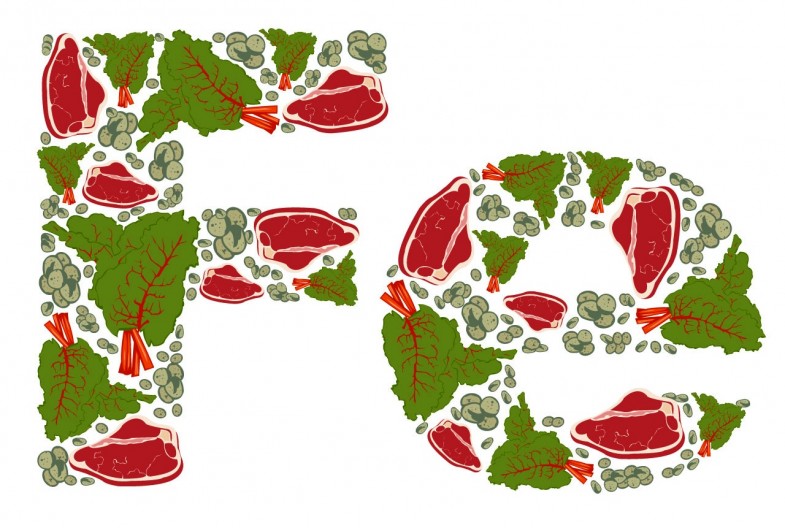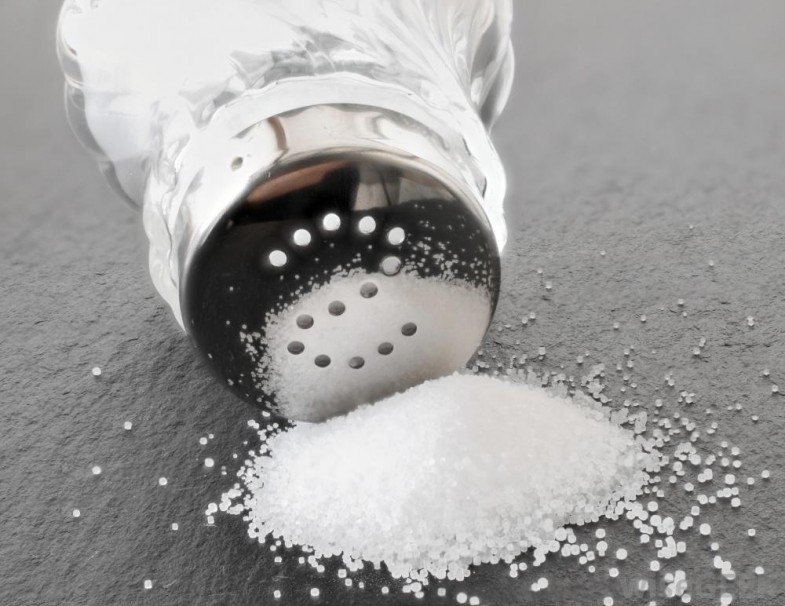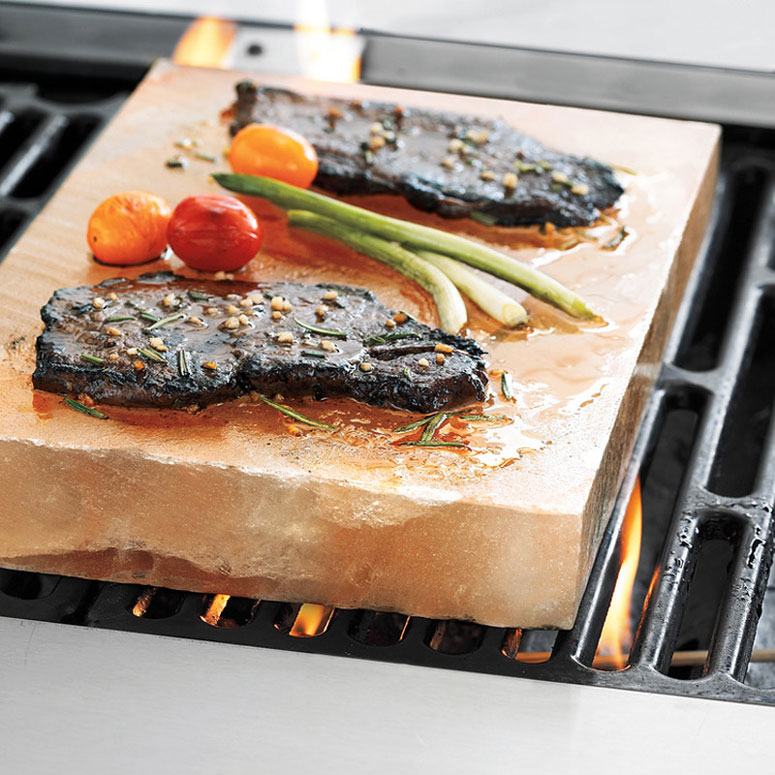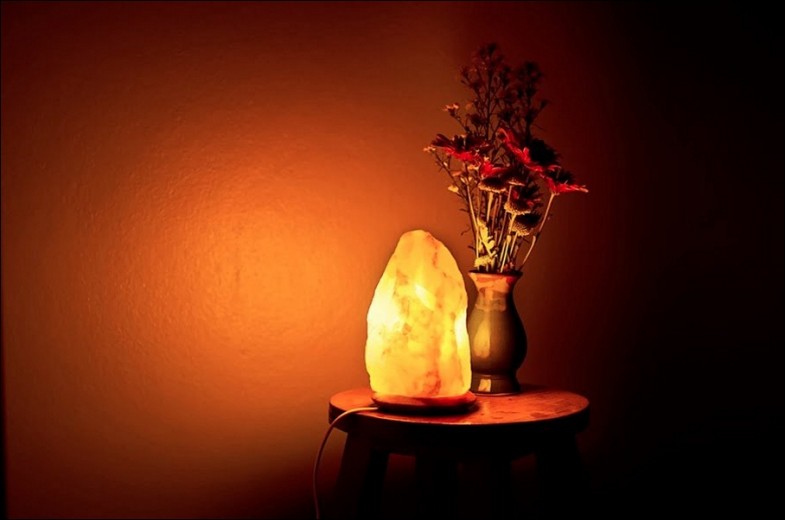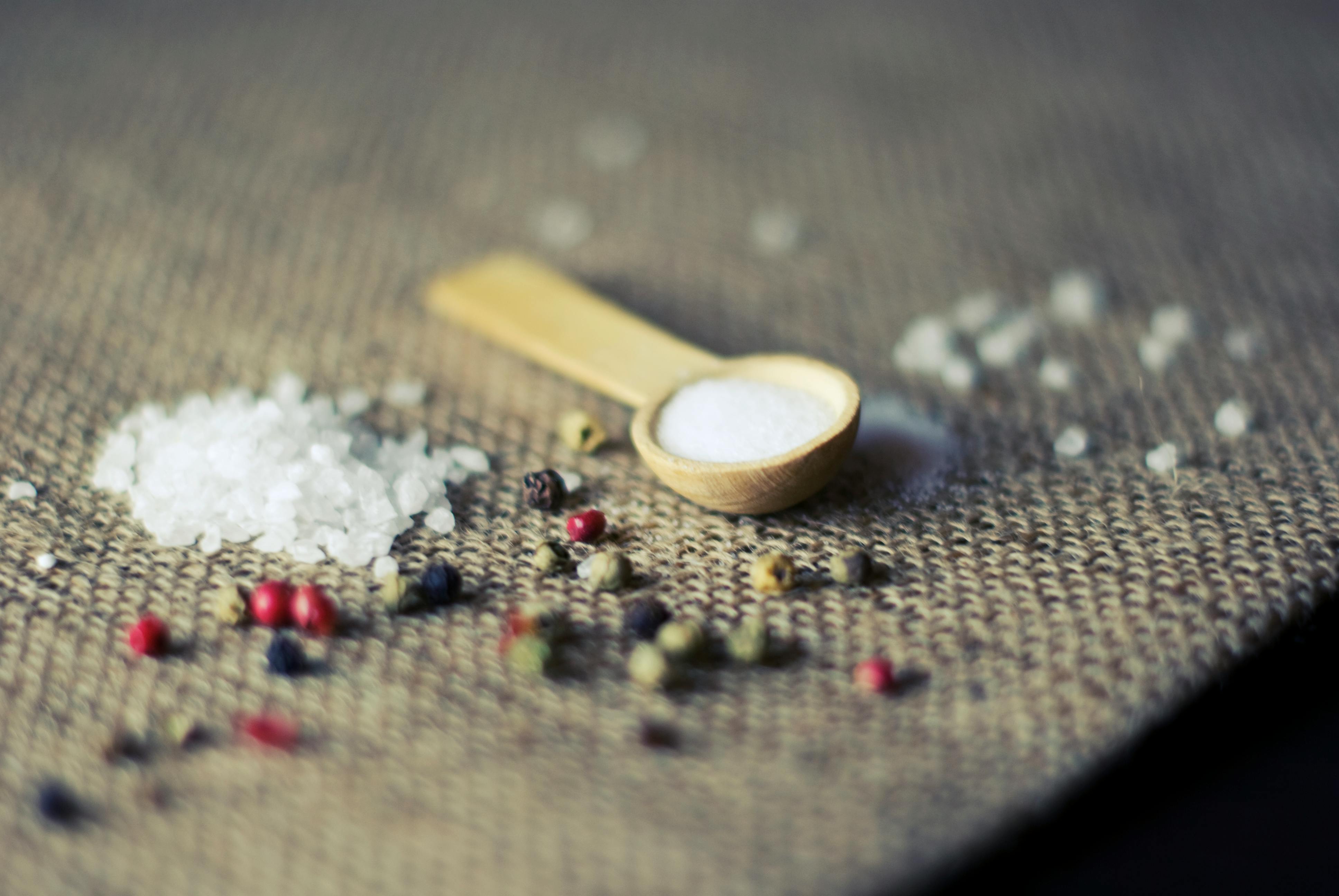Water and Salt Regulate Your Body Temperature.
You may not always be thinking about water and salt; however, your body thinks of it. All your cells are screaming for it because your body is 70% water, and your brain contains more water. On average, you have about 8 to 10 tablespoons of salt within you! Water and salt form the basis of blood and lymph, lubricates joints and organs, regulates body temperature, preserves muscles and keeps your skin looking young. Adequately, maintain yourself, by making sure you get the right amount of oxygen, water, salt, potassium, exercise and food. No one can live without these!
When you submerge a prune in water, its plumpness expands, and it is divine and tasty. Your body also requires lots of water to maintain health because it eliminates 2.5 to 4 quarts of water a day through breathing, perspiration and excretion. Your body harbors approximately 50 quarts of water in total. When your water reserves are not adequately replenished throughout the day you quickly begin to suffer from the symptoms of dehydration. You may suddenly get a headache or feel hungry or thirsty. It is not advisable to wait until you feel eager to get a drink of water because your organs will have already begun to suffer unnecessary stress and started harboring water, creating edema.
Water and salt are your substance! Drink many glasses of water every day for optimal health.
The Effects of Dehydration Are Serious!
Dehydration causes acne, constipation, foul breath, constant sneezing, nose bleeds, dry and itchy skin, headaches, dried coughs and adult-onset diabetes. It is the root of serious degenerative diseases like cardiovascular problems, lower-back pain, ulcers, pancreatitis, adrenal fatigue, arthritis, asthma, high-blood pressure and digestive problems. You’ll wither and die if you don’t drink enough water, because your blood holds up to 83% water, while your bones are 22%, water and muscles are 75% water. Drinking water does cure heartburn.
You need water to flush toxins from your body to enjoy a healthy kick! If your urine is dark yellow, brown or orange, you are becoming dehydrated. It’s better if the color of your urine is lighter, yellow or clear. Furthermore, your stools should also be soft and light brown in color. If you have an arduous time in passing bowls that are odorous, then you seriously need more water.
Constipation causes unusually small amounts of fecal toxic poisoning to reenter your blood stream by releasing toxins and gases, that destroy all organs and surrounding tissue. This havoc pollutes your blood, preventing it from removing your cell’s wastes. Your intelligent body protects you by storing these toxic poisons in fat cells, though morbid thoughts and depression set in.
Dehydration is a grave condition because it seriously stresses all your organ systems and sets you up for the manifestation of disease. A natural cure is to drink more water throughout the day and not wait until you are thirsty. Drink at least half your body weight in ounces. Drink more water if you’re involved in moderate or vigorous exercise! Every six ounces of caffeine or alcoholic drink will cause dehydration. Since they’re considered diuretics. You’ll need to increase the amount of water you drink to an additional ten to twelve ounces to feel re-hydrated after a cup of coffee or alcohol.
Opt to Drink Eight to Ten Glasses of Water a Day or More with Mineral Salt
Nothing destroys life faster than a lack of water consumption. It is necessary to drink at least eight to ten glasses of water daily. Next to oxygen, water is the lifeblood of your body.
Every cell of your body requires water, and it desperately needs real salt to push the water into your cells. Understand not all salts are equal today. Regular table salt sold in the supermarkets creates oxidative stress, because they’re extremely bleached, and also pumped with anti-caking agents like aluminum. Aluminum toxicity does cause Alzheimer’s disease. Cheap table salt is also robbed of all its essential minerals, and essence of life. It does not create equilibrium throughout your body, except cause confusion and disease instead. So, it’s better to avoid such salts. Make sure you don’t oversalt.
Why would you take in so much salt? Unless you are craving it for some reason or another! This can cause high blood pressure and a headache for the doctor that is treating you, because you can easily cure this ailment by drinking more water with a little less salt. The high blood pressure medications simply cause you to urinate when you don’t feel thirsty anymore. This also causes dizziness. Now, who wants to fall and loose their balance. No one right! This has been my experience based on the studies I have done regarding High Blood Pressure. Therefore, carry one with caution.
The Benefits of Drinking Warm Water & Celtic Sea Salt
Natural salt is not dry or white, but normally a little gray and feels damp. An excellent unrefined sea salt is Celtic Sea Salt from a pristine region in France. This unrefined sea salt contains about eighty natural minerals that your body needs. The taste satisfies with a tangy savor. It should definitely be your natural choice for a healthy lifestyle.
Salt Helps You Breathe too
Salt is the catalyst that forces the water into your cells. Salt is also the natural environment outside your cells and water is the natural environment inside your cells. Salt acts as the electrical component that keeps your organs functioning at peak efficiency! Without water and salt, you wouldn’t be able to correctly digest your food or have a bowl movement, nor have the energy to breathe at all.
Your Body’s Cry for Water
Dr. Batmanghelidj states in his book “Your Body’s Many Cries for Water;” water and salt cures and prevents asthma. You can reverse adult-onset-diabetes in its’ early stages by consuming more water with the right salt. The salt you should be eating is not the common table salt; it’s rather organic sea salt that is composed of minerals in the right proportion.
You Can’t Live Without Salt!
Water and salt are such a pure and natural combination, yet extremely critical in sustaining all your life processes. You can’t live without it!
Water and salt are essential to your brain cells. Salt extracts excess acidity from your brain cells and from the cells in your body. Water and salt balance the sugar levels in your blood. It’s used as a powerhouse in generating the energy needed by your cells.
Salt is the perfect catalyst that makes you absorb the nutrients in food through your intestinal tract. Salt is also vital for the clearance of mucus, and oppressive phlegm. Salt makes the structure of your bone’s firm, prevents muscle cramps and regulates your sleep, including spicing up your libido and preventing varicose veins. Eating enough salt will reduce a double chin if you have an unsightly one.
Eat Celtic Sea Salt Every Day
Conventional medicine downgrades the need for water and salt in lieu of pushing medication to treat symptoms of dehydration and salt distress. When an ordinary cure would be to increase water intake with unrefined sea salt in food.
Source: hubpages.com
